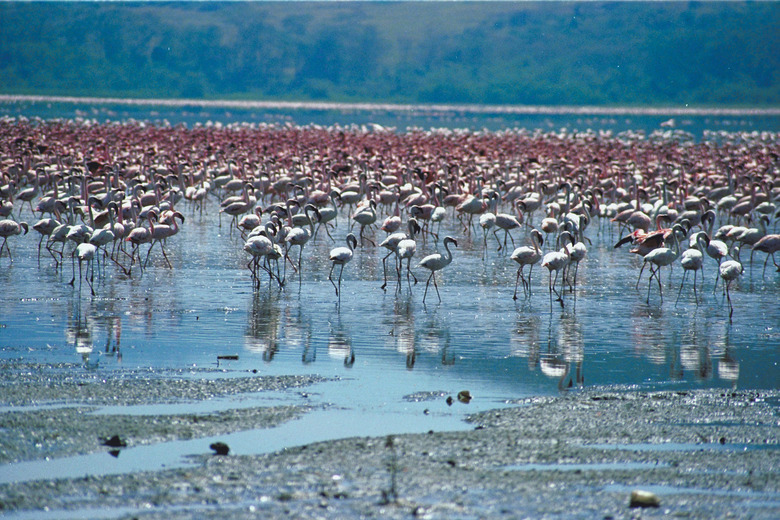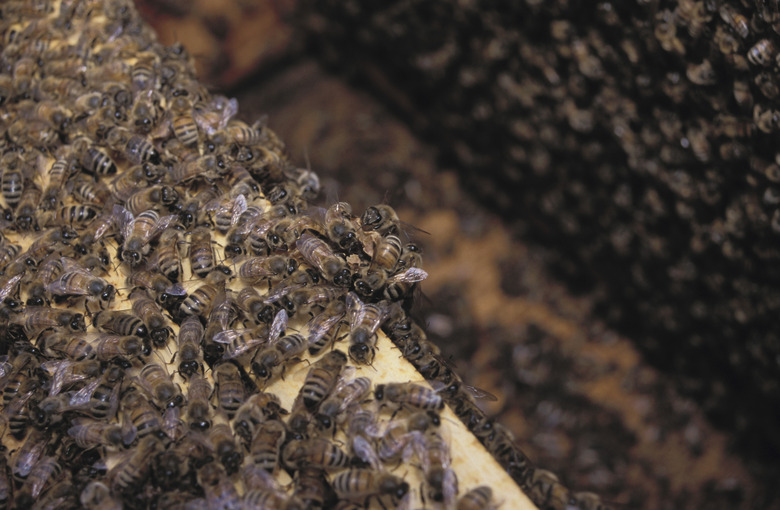What Is The Definition For A Natural Habitat & A Man Made Habitat?
Habitats occur in nature, but may also be designed and fabricated by man. Both types of habitats serve as an environment in which a species can live and thrive.
Definition
Definition
The word habitat is derived from the Greek word meaning home. A habitat is the natural environment, or physical environment in which a species lives.
Natural Habitat
Natural Habitat
The term natural habitat refers to an environment occurring naturally in forests, wetlands, deserts, grasslands and the Arctic tundra, which supports a particular species through a natural provision of water, shelter, an area conducive to birthing, and food.
Man-made Habitat
Man-made Habitat
A man-made habitat refers to an environment manufactured or created by human beings, which contains the elements, sometimes synthetic, which would otherwise be found in a natural habitat, and are necessary to support a species.
Differences
Differences
A natural habitat is formed organically, within a natural environment, without assistance from man. Man-made habitats have been manipulated by people, in an effort to mimic a natural habitat. A zoo is a good example of a man-made habitat.
Similarities
Similarities
Both types of habitats include the vital elements to support a species, which are shelter, an area conducive to birthing, water and food.
Cite This Article
MLA
Larsen, Lisa. "What Is The Definition For A Natural Habitat & A Man Made Habitat?" sciencing.com, https://www.sciencing.com/what-is-the-definition-for-a-natural-habitat-a-man-made-habitat-13424572/. 21 July 2017.
APA
Larsen, Lisa. (2017, July 21). What Is The Definition For A Natural Habitat & A Man Made Habitat?. sciencing.com. Retrieved from https://www.sciencing.com/what-is-the-definition-for-a-natural-habitat-a-man-made-habitat-13424572/
Chicago
Larsen, Lisa. What Is The Definition For A Natural Habitat & A Man Made Habitat? last modified August 30, 2022. https://www.sciencing.com/what-is-the-definition-for-a-natural-habitat-a-man-made-habitat-13424572/



